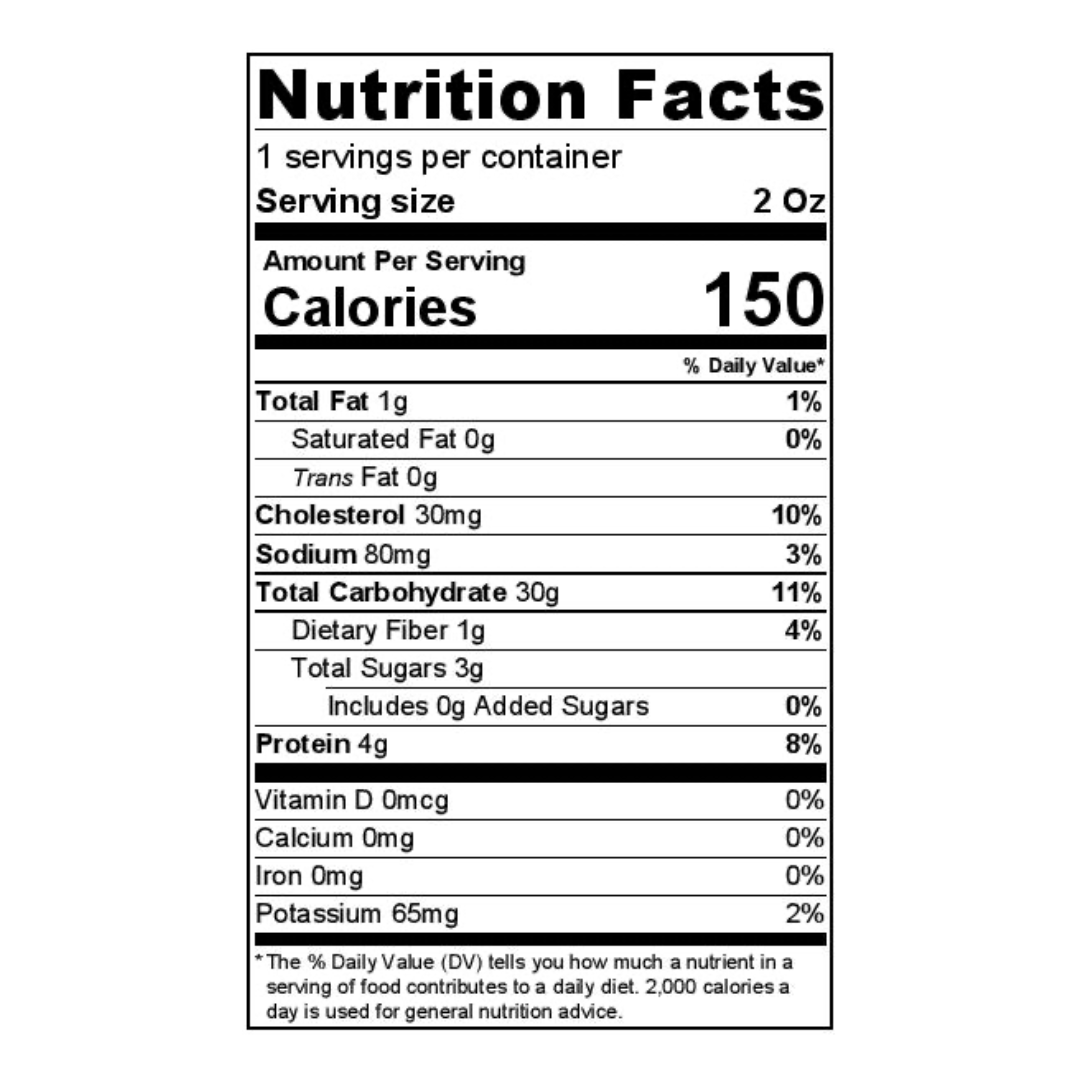Balancing Blood Sugar Levels
Kayla Castle • June 19, 2023
You know that feeling, when you eat something sweet and then later in the day you start feeling sluggish and tired?
That sugar crash feeling is from a sharp rise in blood sugar levels followed by a decline. Having consistent blood sugar levels provides us with a consistent energy boost. By structuring our meals in a balanced pattern, you will be less likely to experience a “sugar crash”. This is especially a concern if you have diabetes, where it is crucial to maintain control of your blood sugar levels.

Carbohydrate-containing foods: bread, rice, fruit, potatoes, cakes/pastries/desserts, and pasta's.
Protein-containing foods: chicken, beef, turkey, eggs, nuts/seeds.
Foods that are a carbohydrate and protein source: beans, legumes
How to Create a Balanced Plate
- Half of the plate should be filled with non-starch vegetables (50%)
Examples of non-starchy vegetables include leafy greens, broccoli, carrots, cabbage, zucchini, bell peppers, cauliflower, green beans,
- Quarter of the plate should be a lean protein (25%)
Examples of lean protein sources include chicken, turkey, lean cuts of beef, eggs, tofu, beans/legumes.
- Quarter of the plate should be a whole-grain carbohydrate (25%)
Examples of whole-grain carbohydrates are brown rice, whole grain bread, whole grain pasta, quinoa, bulgur, millet, farro, barley, and oats.
- What if you take insulin?
If you take regular insulin, it is best to take your insulin dosage 15 minutes before you start eating. This gives insulin enough time to go into action, ready to target the glucose from your food.
What about snacks?
- You don’t have to skip a snack in-between your meals to stay on track with your health goals. Having 1-2x balanced snacks a day should be viewed as an opportunity to get some extra nutrients and antioxidants in! Checkout the healthy snacking graphic above for suggestions on how to help keep you on track with stable blood sugar levels and full till your next meal.






































































































